The key takeaways from China’s November data are that growth of the real economy is solid, exports are flat, the trade-weighted exchange rate is stable, but there continue to be large capital outflows that create a risk of an unruly devaluation. David Dollar interprets China’s newly released November data on macro economy. This op-ed was originally published on The Hill.
The key takeaways from China’s November data are that growth of the real economy is solid, exports are flat, the trade-weighted exchange rate is stable, but there continue to be large capital outflows that create a risk of an unruly devaluation.
The service sectors are the main driving force of the economy now, and once again the service sector Purchasing Manager Index (54.7) was well ahead of the corresponding number for industry (51.7).
Consumption continues to grow at a healthy rate and to increase its share of the economy; and consumption is mostly services. For a long time China’s economy was dependent on investment, and eventually this created problems of overcapacity and declining returns to investment.
The overcapacity can be seen in important sectors, such as steel, as well as in empty apartment buildings and the expansion of infrastructure beyond what the country really needs. So, the economy is quite dualistic with services growing well and industry in the doldrums.
The government does not want industry to slow down too much, though, so it has kept up a certain amount of infrastructure projects and credit to industrial firms. Policies have been stop-and-go.
In the “go periods” there is enough credit and ample infrastructure projects to sustain overall growth. Now that the growth target of at least 6.5 percent is assured for the year, the government is moving into a “stop period” in which credit is tightening and restrictions on real estate in top-tier cities, such as Shanghai, Tianjin, and Hangzhou, are being introduced.
These measures are aimed at managing the risks that have built up in the financial system. The key Politburo meeting that sets economic policy for the next year was held last week and the communication from it stressed reform and restructuring of the economy. It pointedly omitted the usual language about keeping growth at a proper level.
On the trade side, China’s exports were basically flat in November — up 0.1 percent year-on-year in dollar terms. This has been a tough year for China’s exports given the weakness in many of its trading partners.
China’s trade surplus is fairly stable (and large) in the range of $500 billion. The fact that there has been some depreciation of the Chinese currency vis-à-vis the dollar has caught some attention.
China says that its goal is to stabilize the exchange rate with respect to a basket of its trading partners. In fact, the trade-weighted exchange rate has been stable since July at about 1 percent appreciation over the period.
The main thing happening recently is that the dollar is rising against all currencies. Prospects for some kind of stimulus in the U.S. through tax cuts and/or infrastructure spending are raising the specter of larger fiscal deficits, higher interest rates, and a continuing rise of the dollar.
U.S. stimulus is likely to lead to a larger U.S. trade deficit. Some of the stimulus will spill over and benefit trading partners, like China.
Despite the stability in the trade-weighted exchange rate, there continue to be large capital outflows from China. The People’s Bank of China (PBOC) had to intervene extensively in November to maintain the exchange rate.
Gross reserves declined by $69.1 billion to $3.05 trillion — the largest drop in 10 months. China has a lot of savings and, with diminished investment opportunities at home, it makes sense that some capital is flowing out of the economy.
At a moderate level, consistent with the trade surplus, capital outflow could happen in a stable manner. But, the rate of capital outflow in November was too large and the PBOC had to sell reserves.
The PBOC is intervening to keep the value of the currency high, not low — the opposite of currency manipulation. The authorities have also tightened capital controls, but there is a risk that they will lose control of the currency and there will be an unruly devaluation.
The war of words between Trump and the Chinese is probably exacerbating the problem of capital outflows. In his Fox News interview over the weekend, Trump said, “We’re being hurt very badly by China with devaluation, with taxing us heavy at the borders when we don’t tax them, with building a massive fortress in the middle of the South China Sea, which they shouldn’t be doing, and frankly with not helping us at all with North Korea. You have North Korea. You have nuclear weapons and China could solve that problem and they’re not helping us at all.”
Trump again questioned why the U.S. has to adhere to a one-China policy. All of this has created a sense that U.S.-China relations are likely to be rocky for some time and could deteriorate sharply.
Given economic uncertainties in China, even with better data for November, these rising political uncertainties make it more attractive to move money out of the country.
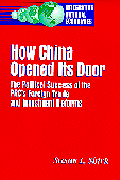
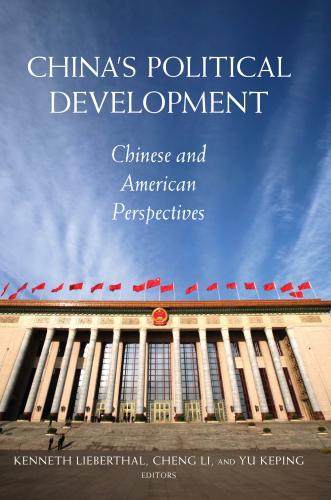
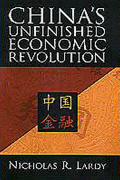
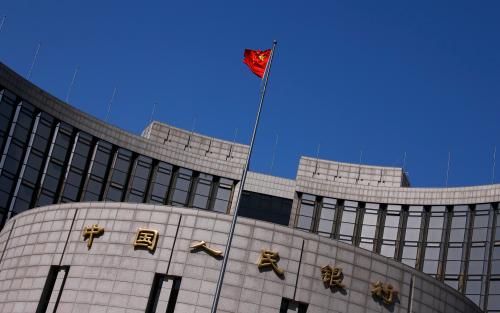
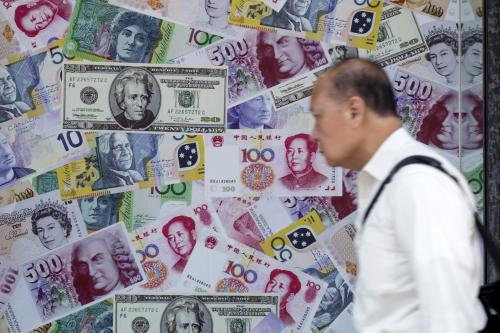
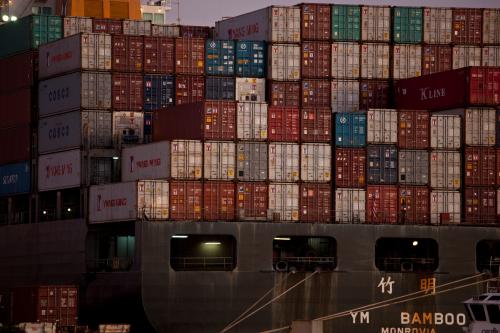




Commentary
China sees further capital outflows despite solid November data
December 14, 2016